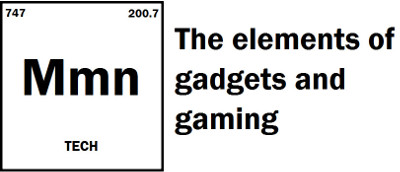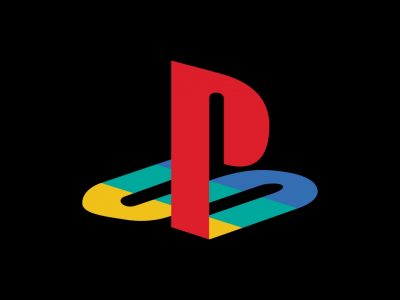

Should Sony make a PSP 3.0?
The PS Vita was not exactly a runaway success for Sony. While it sold reasonably well in the grand scheme of things, it still paled in comparison to its predecessor. Nor did it manage to crack Nintendo’s juggernaut, or the newly rising mobile game market.
Skip ahead a few years and the mobile games market is absolutely reviled, while Nintendo’s Switch is smashing the sales charts. For PlayStation Portable fans, it’s gotten tempting to think about what would happen if Sony re-entered the handheld market.
Well, less tempting and more wishful thinking.
To put it quite bluntly, there’s probably never going to be a PSP 3.0. Sony has never had much interest in their handheld division. While the Vita made that painfully evident, the problems were there back when the PSP was still on the market. While it was a widely successful system, first and second party software support always came at a trickle.
The PSP line has always been a side project. A statement to let Nintendo know they could compete in the handheld space, if they wanted to. The thing is they don’t. Consoles have always been Sony’s money maker. On average, PS4 owners have purchased 6.61 games for their system, versus 4.27 for the Vita, and 3.77 for the PSP. It makes far more business sense to dedicate valuable resources to the platform that moves twice as many games, at a higher price to boot.
Nintendo on the other hand had the opposite problem. While handhelds continued to sell strongly, consoles lagged. The company decided their best option was to merge the two. A handheld that can be dropped into a dock for enhanced performance on a TV. So far its been a huge success for the company, with some pundits even calling the Switch their best system in decades.
Now, Sony could most certainly do the same thing. Though you run into the usual problems with console fanboys. The types who will argue endlessly about specs instead of just getting a PC.
Granted mobile chips have improved astronomically since the Vita came out. Yet any hybrid Sony system built on the Switch model is going to be a graphical downgrade. That’s something I can’t see PlayStation fans tolerating, even if the convenience of a portable is factored in.
Now, I hear people screaming, and yes, there is a way around this. There already are external GPU adapters for laptops that connect via Intel’s Thunderbolt technology. It uses the same USB Type-C connector as the Switch to essentially gives four high speed PCIe lanes to compatible devices. Plenty for the mid-range graphics chips used in current consoles.
To make it work, Sony could use mobile hardware in the handheld unit, and integrate a more powerful GPU within the dock. However, this is a much more convoluted solution than what Nintendo has come up with.
For starters, it would be a nightmare to program games to work in both handheld and docked mode. Assuming you want visual performance that’s at least on par, if not better than the PS4 Pro, that would leave a huge gulf between handheld and docked mode. While this is done on PC, most console developers are used to working with fixed specs or minor variations. It just serves to add a layer of complexity during programming to make sure both modes perform adequately on two completely different sets of hardware.
Speaking of hardware, there’s also the added cost of manufacturing. The Switch isn’t a cheap system as is, and it still uses a fairly typical handheld design. A GPU dock would certainly complicate manufacturing, and likely push initial launch prices above that $399 USD sweet spot. Given Sony’s past experience with premium priced consoles, I don’t think they’d be so keen on doing this. Especially if Microsoft releases a cheaper traditional system.
There is another option though. One which would at least allow Sony’s first and second party portable franchises to live on. They could release these games on the Switch. While it would still be splitting development resources, you no longer have to worry about hardware. Plus it would give popular games like Patapon a new lease on life, complete with a built in audience.
Given Sony’s rocky past relationship with Nintendo, it’s unlikely, but it seems to make the most business sense. If fans of your handheld games want more content, and you don’t want to release the hardware, might as well release it as a third party.
Image owned by Comedy Central, used under fair use for illustrative purposes


